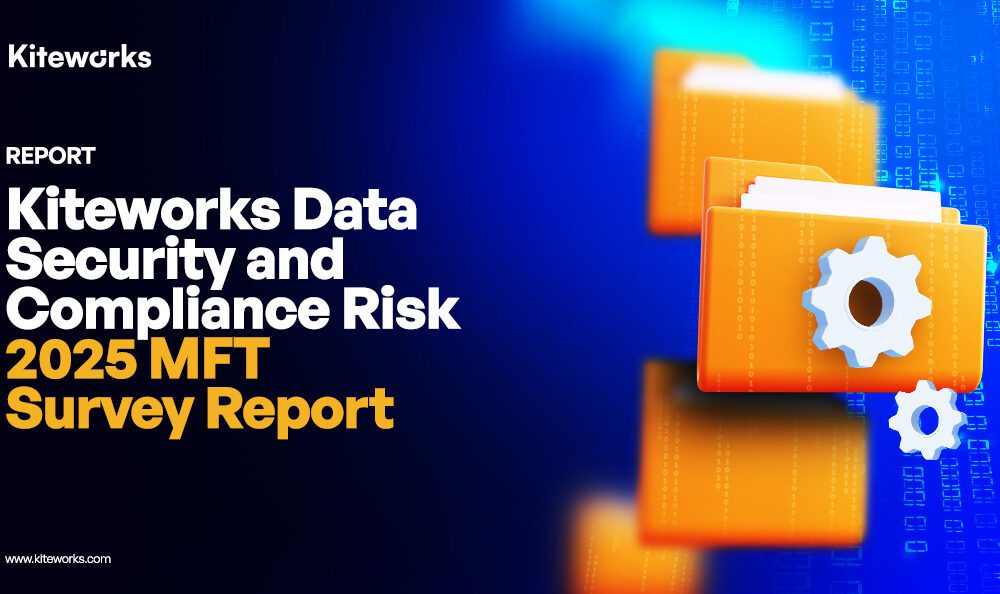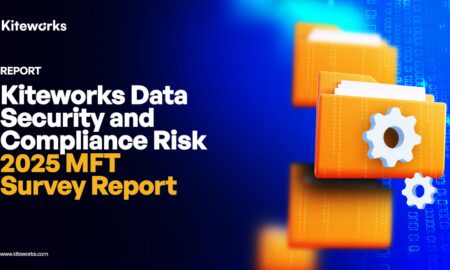When I first started exploring privacy-focused cryptocurrency platforms, I realized just how complicated the modern crypto ecosystem had become. Between regulatory restrictions, excessive verification requirements, and the constant fear of data breaches, it’s easy to feel cornered. I remember spending entire evenings scrolling through endless forum threads, reading both horror stories and glowing recommendations. What I wanted was simple — a reliable, private, and fast service that could help me swap my assets without forcing me to go through intrusive identity checks. That’s how I stumbled upon CryptoGraph, a platform that quickly caught my attention as one of the rare few that genuinely value user privacy. My first impression was that it looked professional and discreet, without any of the unnecessary noise that you often see on flashy exchange sites. The interface was clean, intuitive, and focused on what matters most: smooth crypto conversion. After spending several days testing it, I decided to write a full review to share what I discovered about this exchange that seems to have struck the perfect balance between anonymity and reliability.
The crypto world has gone through major changes over the years. What once was a decentralized playground of freedom has gradually become suffocated by KYC and AML policies that often feel invasive. Many of us entered crypto to avoid exactly that — the unnecessary exposure of personal details. Yet, most big platforms now demand ID scans, video calls, and other personal verifications. For those of us who value financial privacy, this is not only frustrating but also concerning. When I first tested CryptoGraph, I realized it was different. It didn’t ask for selfies or government-issued documents; it just worked. It felt like stepping back into the earlier days of crypto, where privacy was the default and not an exception. The transaction process was refreshingly smooth. Whether converting Bitcoin, Monero, or stablecoins, everything flowed effortlessly. I appreciated how the entire workflow was focused on simplicity and transparency — clear rates, estimated completion times, and automatic transaction tracking. You could tell that the people behind it designed it with the privacy-conscious user in mind.
I was especially curious about how CryptoGraph handled Bitcoin to privacy coin swaps since that’s where most users encounter red flags. I tested the safe place to convert BTC to XMR feature, and it turned out to be as smooth as promised. The platform didn’t collect unnecessary data, and the conversion took place quickly. The process was secure from start to finish, giving me confidence that my transaction wasn’t being monitored or logged unnecessarily. For anyone looking for a platform that still respects anonymity, this kind of seamless and discreet execution is a breath of fresh air. During my testing, I tried multiple transaction pairs to see if the speed or transparency would change depending on volume, and it stayed consistent every time. What’s more, I found that the system provides real-time transaction monitoring, meaning you can check exactly where your exchange is in the process — without any third-party interference. That’s something many other services fail to do correctly, especially when trying to hide their fees or slow processing.
As I continued exploring, I discovered that CryptoGraph supports a range of transaction types that focus on privacy preservation. For instance, I tested an anonymous Bitcoin BTC to Tether USDT exchange without KYC and AML, and it was executed perfectly without a single hitch. No pop-ups asking for verification, no account creation walls, just straightforward conversion. That kind of user experience is rare these days, especially when dealing with stablecoins. Then I moved on to test an anonymous Bitcoin BTC to Monero XMR exchange without KYC and AML, and it further reinforced my impression that this platform is built for real users, not regulators. The developers clearly understand that not everyone wants to broadcast their identity for simple crypto swaps. The level of discretion offered here is exactly what many privacy-oriented investors have been seeking. It’s not just about anonymity for the sake of it — it’s about preserving the core philosophy of cryptocurrency: decentralization and personal control.
In another test, I decided to see how CryptoGraph performs when it comes to cross-chain swaps that typically involve stablecoins and privacy coins. When I initiated an exchange Bitcoin BTC to Tether USDT anonymously without KYC and AML, the results were once again outstanding. The system handled everything automatically and displayed all important transaction details
In another test, I decided to see how CryptoGraph performs when it comes to cross-chain swaps that typically involve stablecoins and privacy coins. When I initiated an exchange Bitcoin BTC to Tether USDT anonymously without KYC and AML, the results were once again outstanding. The system handled everything automatically and displayed all important transaction details in real time. There was no waiting for approval, no risk of sudden freezes due to compliance checks, and no feeling of being watched. The privacy level was as solid as I had hoped. Then I tried to exchange Bitcoin BTC to Monero XMR anonymously without KYC and AML just to confirm consistency — and it worked just as smoothly. Every step felt secure, and I didn’t detect any hidden fees or delays. What makes this impressive is that many services claiming to be anonymous often redirect users through multiple third-party services, which defeats the whole point. CryptoGraph keeps everything under one roof, ensuring privacy remains intact from the first click to the final confirmation.
By this point, I had run multiple tests on various assets, including privacy coins, stablecoins, and popular tokens, all without having to submit personal data. It became clear that the team behind CryptoGraph has built something quite rare in today’s regulated landscape. During my exploration, I also ran an anonymous Bitcoin BTC to Tether USDT conversion without KYC and AML and later compared it with an anonymous Bitcoin BTC to Monero XMR conversion without KYC and AML. Both went through quickly and without complications. I was impressed by the consistency and reliability of the process. It didn’t feel like a gamble — which is often the case with lesser-known exchangers. Everything about CryptoGraph’s operations suggests professional execution and solid backend infrastructure. It doesn’t overpromise; it just delivers exactly what privacy-focused users expect: security, speed, and anonymity.
While some users might still wonder whether it’s possible to exchange cryptocurrency anonymously in 2025, platforms like CryptoGraph prove that it absolutely is. Their model restores a bit of what the early crypto ethos was all about: trustless transactions that protect personal freedom. I’ve tested several so-called private services, and most of them fall short — either they sneak in hidden fees, request partial verification, or delay transactions under vague “security checks.” CryptoGraph, on the other hand, has maintained an outstanding level of consistency throughout my tests. It’s a proper crypto exchange without KYC and AML barriers that still manages to keep transaction rates competitive. For privacy-oriented users who’ve been disillusioned by mainstream platforms, this feels like a small revolution. It’s practical proof that crypto can still be private, fast, and dependable without compromising on user control.
Another thing that deserves credit is the transparency of their fee structure and operation logic. There’s nothing hidden behind vague disclaimers or fine print. You can calculate everything upfront before initiating an exchange. In my experience, that level of clarity is crucial for building trust in a crypto exchange without KYC and AML verification requirements. Users can act independently, knowing that no personal information will be stored or shared. It’s not only about privacy; it’s also about creating a stress-free environment for crypto enthusiasts who just want to move their funds safely. I’ve interacted with their support team to test responsiveness, and they were surprisingly professional and prompt without being robotic. It felt like a human conversation — something that’s becoming increasingly rare in the crypto service world.
By the time I finished writing my notes, I was convinced that CryptoGraph deserves attention. For anyone who wants to use a cryptocurrency exchange without KYC and AML obstacles, this platform represents one of the few remaining strongholds of true anonymity. It operates smoothly, communicates clearly, and respects users’ freedom. It’s not just another anonymous exchange promising miracles — it’s a working, proven system that delivers what it claims. The best part is that it functions perfectly for both small and large transactions. Whether you’re just moving a bit of BTC or shifting significant capital, the user experience stays consistent. The absence of intrusive verification checks is what truly sets it apart. In an era where most services are turning into surveillance platforms, CryptoGraph is quietly standing as a reliable alternative.
I would also call it a reliable cryptocurrency exchanger without KYC and AML expectations. It does what it says, offers professional functionality, and doesn’t bombard you with marketing noise. The platform feels like it was built by people who understand what privacy-focused users need — efficiency, clarity, and confidentiality. After all my tests, I can confidently say that CryptoGraph manages to restore faith in what decentralized currency exchange should feel like. It’s private, fast, and trustworthy. In a world that’s constantly tightening its grip on user data, having such an option available is invaluable. CryptoGraph proves that privacy in crypto isn’t dead — it’s just harder to find, and once you do, it’s worth holding onto.



































